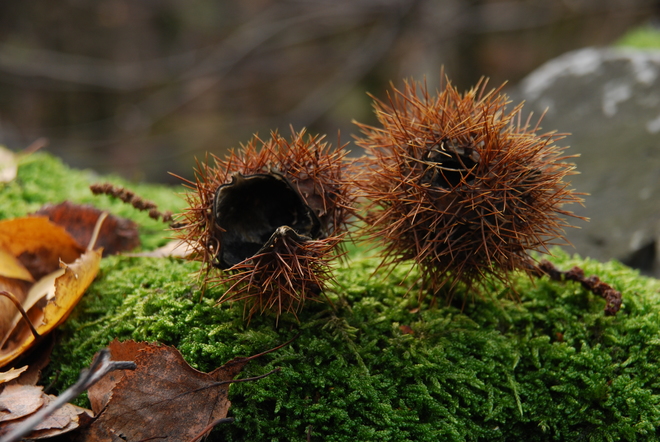Jelenská gaštanica
Jelenská gaštanica represents a remarkable and unique protected area. The subject of protection is the old trees of the sweet chestnut (Castanea sativa) that were planted below Gýmeš Castle by the Forgach Family in the 13th century. It is one of the oldest introductions of woody plants in Slovakia.
From the crossing of forest roads at station no. 4 (Pod gaštanicou) the road is gently rising along the green marking (5129) to the southeast, until we get to the gate of the fencing of of the Jelenská gaštanica (Jelenec Chestnut Garden). Time: 7 min., in the opposite direction 5 min., length: 0.3 km, easy.
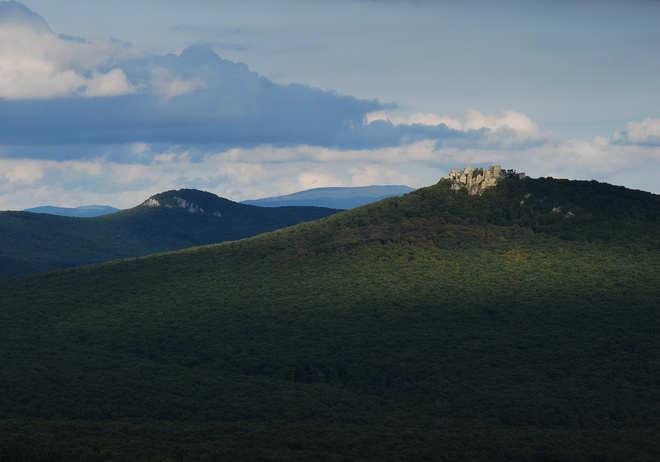
Chestnut seedlings of unknown origin were planted to harvest their crop as fodder for forest animals. The plantation was successful and today we can see already the third generation of chestnuts. It is the only forest in Slovakia where chestnuts are regenerating in a natural way. The trees profit from the acidic soil with quartzite subsoil. Originally the chestnuts were planted on both sides of the castle. On the south-eastern side with the access path to the castle, was a chestnut alley, which, however, does not exist anymore. In the northwest probably had been an orchard, from which the virgin forest of today developed.
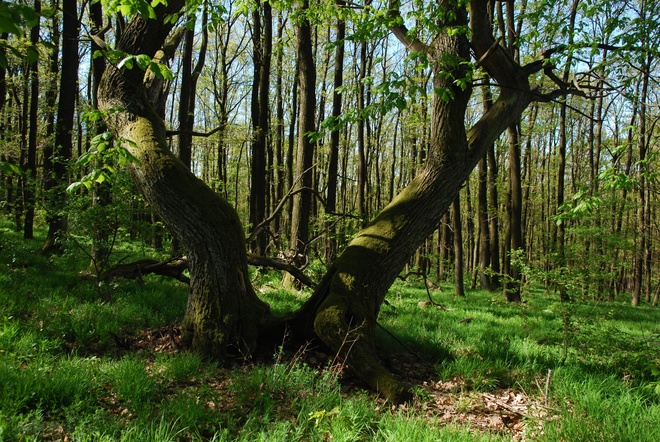
Sweet chestnut represents a Mediterranean species, native to southern Europe, where it forms vast forests. The northernmost natural sweet chestnut forests are to be found in southern Hungary. However, we do not know of any exact border, although chestnut has been cultivated at least since the 5th century AD for lumber. If the site shows a suitable climate, it grows even in Slovakia. Besides Jelenská gaštanica there are smaller forests or solitary chestnut trees to be found in the vicinity of Nitra and for example in the neighbourhood of Modra, Pezinok or Veľký Krtíš, where even chestnut feasts are celebrated. Currently chestnut trees are often attacked by the fungus Cryphonectria parasitica, causing bark cancer, which is mainly spread through bark injuries.
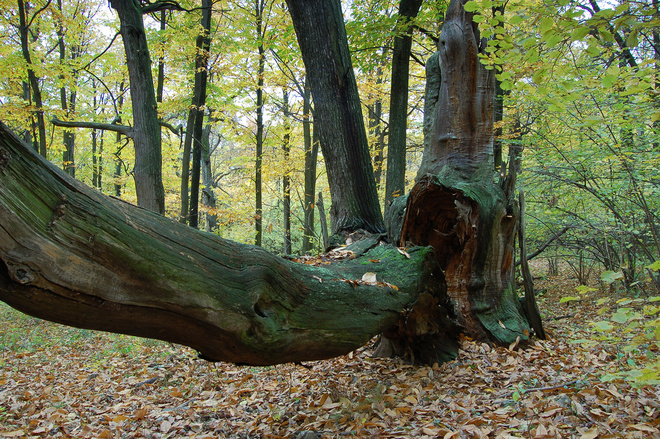
As a result, inflicted trees dry up. Jelenská gaštanica as well was inflicted by this parasite and a large number of old trees have dried. However, the rejuvenation of the chestnut garden is positive in itself.
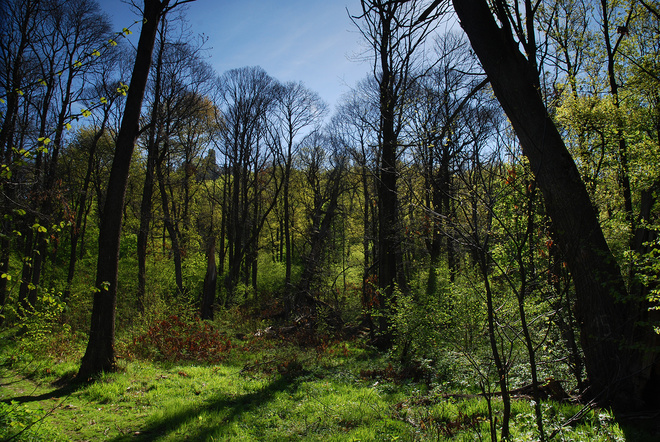
At the time of the ripening of the chestnuts (October–November) the chestnut garden is closed for the public and closed is also the green-marked tourist trail through the garden.
